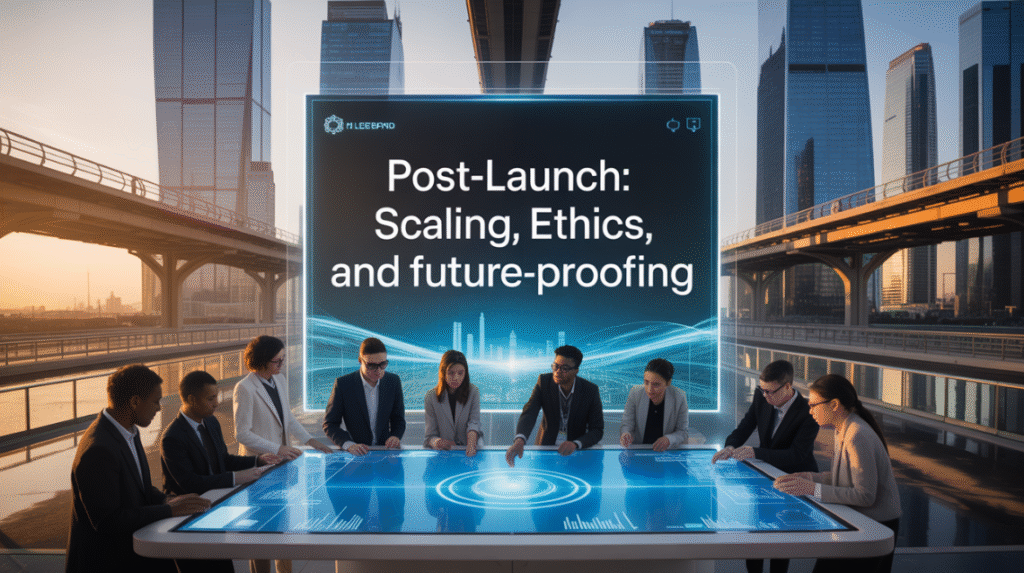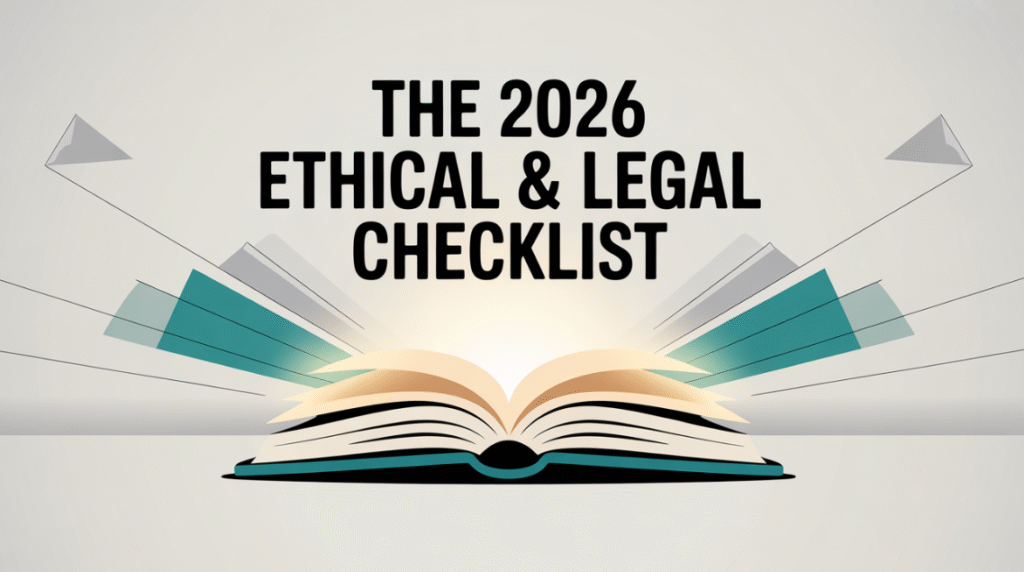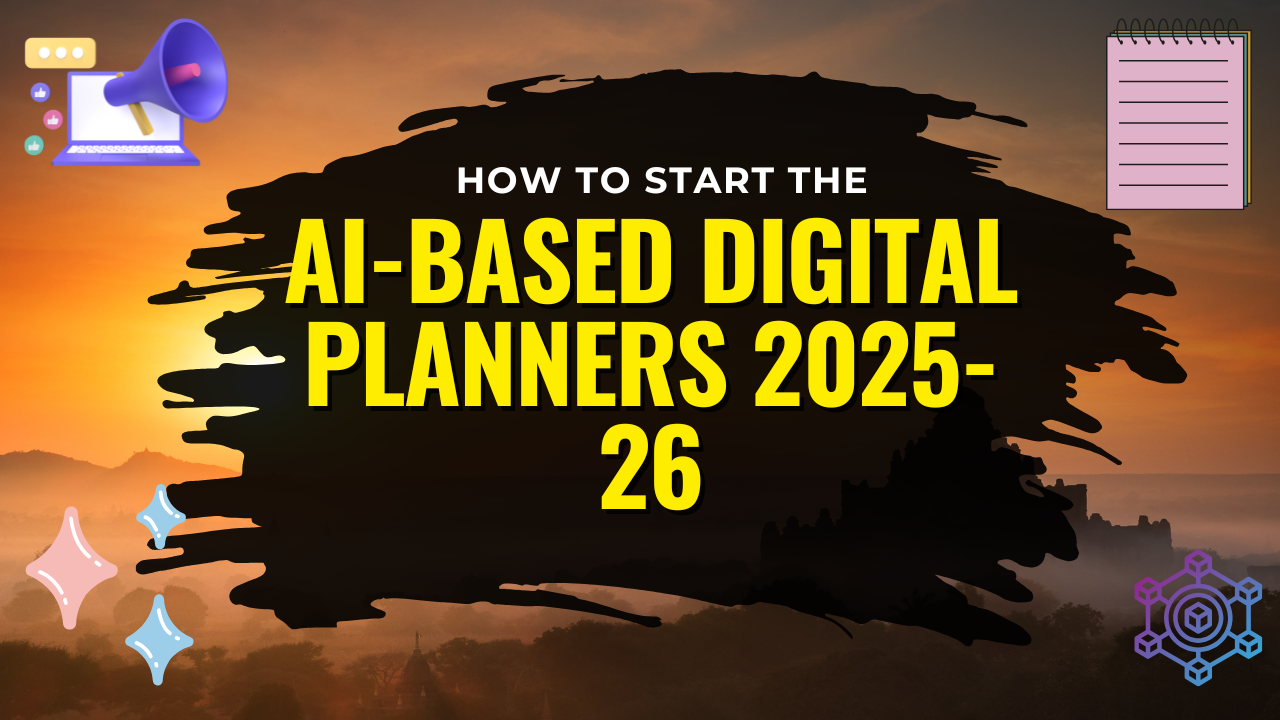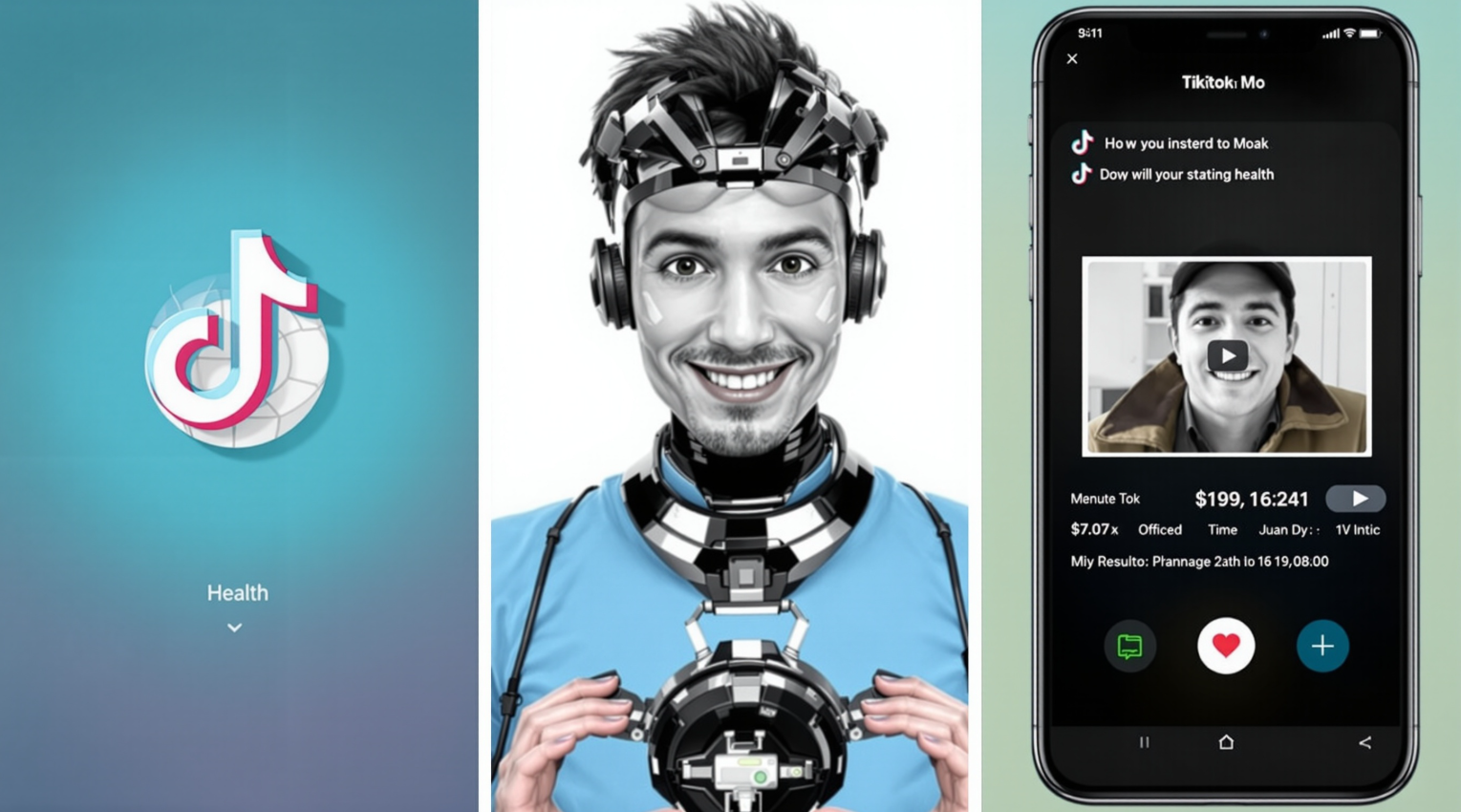
BUILD YOUR OWN AI EARNING APPS IN 2026
Introduction:
The 2026 AI App Landscape & Your Opportunity
Everyone knows that having an app can be pretty profitable, but how do you get started? We’ll show you how to create an app for free and make money!
Many aspiring app creators think that app development requires a significant upfront investment, and in many cases it does. But this doesn’t mean that creating an app for free is impossible.
In this article, we’ll explore how to create an app without spending a fortune, using automatic code-generation services like AppSheet. We’ll also discuss practical ways to monetize your app. how to make your own app in 2026
Table of Contents
- Introduction:
- Ideation & Market Validation (Finding Your Niche)
- Core Technology & Architecture (How to Build It)
- Designing the UX & Monetization (How to Make Money)
- Development, Launch & User Acquisition
- Post-Launch: Scaling, Ethics, and Future-Proofing
- Conclusion:
- Make your app the best it can be with Firebase and generative AI
Ideation & Market Validation (Finding Your Niche)
You wouldn’t open a random shop in a new city without a map, right? The same goes for your AI app. Jumping straight into coding is the number one reason projects fail. The goal here isn’t just to build an app; it’s to build an app people actually want and will pay for. This phase is all about finding that sweet spot where a real-world problem meets a solvable AI solution.
I’ve seen too many developers spend months building a “Super AI earning app” only to find nobody needs it. It’s a heartbreaking waste of talent. So, how do you avoid that? You start by talking to people. Hang out in online forums like Reddit, Indie Hackers, or specific Facebook groups. What are people complaining about? What tedious tasks are they wasting their weekends on? Listen carefully, and you’ll find your billion-dollar idea hiding in plain sight. The best part? This initial research is free. It’s the ultimate way to start an ai earning app without investment—by investing your time and curiosity first.
Identifying a Profitable Niche for 2026
So, what does a “profitable niche” even look like in 2026? It’s not about being everything to everyone. It’s about being everything to someone. Forget trying to outdo ChatGPT. Instead, think about domains where AI can act as a hyper-specialized assistant. We’re seeing a massive trend towards hyper-personalization. Think an AI fitness coach that adapts to your specific metabolism, or a learning app that customizes its curriculum in real-time based on your progress.
Here’s a personal opinion: the biggest opportunities lie in localizing powerful AI. Consider the search volume for “ai earning app in pakistan”. This tells me there’s a huge demand in emerging markets for tools that respect local languages, currencies, and cultural contexts. An app that helps a small retailer in Lahore manage inventory or a farmer in Punjab get AI-powered crop advice could be a massive hit. Another golden area? “Boring” productivity. An AI that automates invoice processing, meeting note summarization, or email triage might not be sexy, but businesses will gladly pay for it. Look for the problems that are so mundane people forget they can be automated.
Analyzing User Intent from Keywords
Here’s a little secret: your potential users are telling you exactly what they want through their search queries. You just have to know how to listen. Let’s play detective for a minute. Take a keyword like “ai earning app download”. What does this person want? They’re not a builder; they’re a user. They’re ready to consume. This tells you the market is maturing and there’s an audience eager to try new tools. Your job is to make sure your app is the one they find.
Now, look at super-specific terms like “ai mango earning app” or “scale ai earning app download apk”. This is pure gold! These aren’t just keywords; they’re the names of your competitors. Go and download these apps yourself. What do their reviews say? Are users complaining about high costs, buggy interfaces, or poor output? Every one-star review is a feature request for your own app. This isn’t just market research; it’s a cheat sheet handed to you by your future customers. Understanding this intent is what separates a hopeful project from a strategic one.
Core Technology & Architecture (How to Build It)
Alright, you’ve found your niche and validated the problem. Now comes the part everyone gets both excited and terrified about: the tech. What does the tech stack for a 2026 AI app look like? The good news is, you have more options than ever, and you don’t need a PhD in machine learning to get started. The landscape has matured, and the tools are becoming more developer-friendly.

The biggest decision you’ll make here is how you incorporate the AI itself. This is the core of how to use AI in an app. Are you going to rely on big-name APIs, or are you going to host your own models? It’s a classic “buy vs. build” dilemma, but with a twist. My advice? Don’t put all your eggs in one basket. A hybrid approach gives you the best of both worlds: the power of state-of-the-art models for complex tasks and the cost-control of specialized, smaller models for your app’s core function. This is how you build an app that’s both powerful and profitable from day one. new earning app 2026 bd
Choosing Your AI Model Stack: A 2026 Perspective
Let’s break down this critical choice. On one hand, you have the API-First route. This means using services from OpenAI, Google Gemini, or Anthropic. The pros? Incredible speed to market. You can have a prototype running in a weekend. The cons? The costs can sneak up on you. If your app goes viral, your API bill can skyrocket. It’s like building your house on rented land—convenient, but you don’t have full control.
On the other hand, you have the Open-Source & Self-Hosted path. This involves using models from places like Hugging Face (think Llama, Mistral) and running them on your own cloud servers. The pros? Your marginal cost per user can be much, much lower. You have total control over data privacy and customization. The cons? It requires more machine learning expertise to fine-tune and manage. So, what’s the 2026 winner? The Hybrid Approach. Use a powerful API like GPT-4 for tasks that require deep reasoning, and a fine-tuned, smaller open-source model for your app’s specific, repetitive task. This keeps costs predictable and performance high.

The Tech Stack for Development
Beyond the AI model itself, you need a robust foundation. For the frontend, I’m a big fan of cross-platform frameworks like React Native or Flutter. Why? Because you can write your code once and deploy it on both iOS and Android. It’s a huge time and money saver. For the backend, Python is the undisputed king for AI integration. Frameworks like FastAPI or Django are perfect for building the logic that connects your user to the AI brain. dollar income app 2026
Now, for the secret sauce: the database. You’ll need a standard one like PostgreSQL for user profiles and settings. But for a truly smart app, you need a Vector Database like Pinecone or Weaviate. This is what enables a technique called RAG (Retrieval-Augmented Generation). In simple terms, it gives your AI a memory. It can pull from your own custom knowledge base to provide accurate, up-to-date answers instead of just making things up. This is a non-negotiable for any serious ai earning app in 2026.
Designing the UX & Monetization (How to Make Money)
You can have the most advanced AI in the world, but if your app is confusing or ugly, nobody will use it. Period. The user experience (UX) is where your app goes from a technical marvel to a daily habit for your users. Think of apps you love using. They’re probably intuitive, responsive, and maybe even a little delightful. That’s the bar. In 2026, new income app no code users expect AI to be seamless, not scary.
And then there’s the million-dollar question: how do you actually make money? The monetization model you choose is just as important as the code you write. It needs to align with the value you provide and the audience you serve. Charging a small business the same way you charge a student might not work. This is where you move from being a coder to being a business owner.

Core User Experience (UX)
The first impression is everything. Your onboarding process should be a guided tour that shows value in under 60 seconds. If a user has to figure out how to use your app, you’ve already lost them. The input interface—where users make their requests—needs to be crystal clear. Offer templates, examples, and guidance. And for the love of all that is good, please include a “Regenerate” button! It’s a small feature that dramatically improves the user’s sense of control.
But here’s a pro tip that often gets overlooked: build a feedback loop. A simple “thumbs up / thumbs down” button next to every AI output is a goldmine. This data is what allows you to continuously improve your AI. It tells you what’s working and what isn’t. Over time, this feedback loop is what will transform your app from a simple tool into a truly intelligent assistant that learns and adapts. This is the hallmark of a super ai earning app.
Monetization Models: How Your App Will Make Money
Let’s talk numbers. The most popular and sustainable model is Freemium. It’s a classic for a reason. You offer a limited number of free uses per day. This directly serves the huge audience searching for an “ai earning app download”—they can try it risk-free. Once they’re hooked and hit that limit, they’re much more likely to upgrade to a paid plan to continue getting value.
For predictable, recurring revenue, you can’t beat a Subscription (SaaS) model. Think tiers: a Hobbyist tier for $9/month, a Pro tier for $29/month with more features, and maybe an Enterprise tier with custom pricing. Another great option is Credit Packs, where users buy a bundle of AI generations. This is appealing to users who don’t need a monthly subscription but want to use your app occasionally. The key is to match your pricing to the value you create. If your app saves a user 10 hours a month, charging $30 is a no-brainer for them.
Development, Launch & User Acquisition
This is where the rubber meets the road. You’ve planned, you’ve designed, and now it’s time to build and ship. The most important mantra here is “Minimum Viable Product” (MVP). Your goal is not to launch a perfect, feature-complete super ai earning app. Your goal is to launch the simplest version of your app that delivers your core value proposition. Why? Because you need real-world feedback, and you need it fast.
Launching is scary. I get it. You’re putting your work out into the world to be judged. But remember, a launched MVP is worth a thousand perfect apps stuck in development hell. The market will tell you what to build next, saving you from wasting months on features nobody wants. 7 apps to make money
The MVP Approach: Build, Measure, Learn
Your MVP should do one thing, and do it exceptionally well. If your app is an AI resume builder, focus on creating stunning resume summaries. Don’t get distracted building a cover letter generator or a LinkedIn bio optimizer for version 1.0. Get the core feature out there. This lean approach is the most practical path for anyone looking to create an ai earning app without investment of thousands of dollars and hours.
Once it’s in users’ hands, the “Measure” and “Learn” phases begin. Use analytics tools to see how people are using your app. Where do they get stuck? Which button do they click the most? This quantitative data, combined with qualitative feedback from user reviews and support emails, becomes your roadmap. Your users will literally tell you how to make your app better and more profitable.
Marketing & User Acquisition
You’ve built it, but will they come? Not without a plan. Before you even launch, you should have a landing page with an email waitlist. This builds anticipation and gives you an initial audience to launch to. Content marketing is your best friend here. Write blog posts or make videos that answer questions like “how to use AI to write better sales emails” if that’s your app’s niche. You’re not just selling; you’re providing value, which builds trust.
And don’t forget App Store Optimization (ASO). Your app’s title and description in the Google Play or Apple App Store need to include the keywords your potential users are searching for. Think about the person looking for an “ai earning app in pakistan”—use that language! If you’re targeting a specific region, engage with local online communities. A post in a relevant Pakistani tech group can drive your first 100 users.
Post-Launch: Scaling, Ethics, and Future-Proofing
Congratulations, you’ve launched! But the work isn’t over; it’s just changing. Now you enter the phase of growth, refinement, and responsibility. Your app is a living product, and it needs care and feeding to thrive. This is where you shift from a launch mindset to a business mindset, focusing on scaling your systems and building a reputable, long-lasting brand.

In 2026, users are increasingly aware of the ethical implications of AI. Issues of privacy, bias, and transparency aren’t just academic concerns they’re business risks. Addressing them head-on isn’t just the right thing to do; it’s a powerful competitive advantage that builds immense trust with your users.
Analytics and Iteration
What gets measured, gets managed. You need to be tracking key performance indicators (KPIs) religiously. Don’t just look at download numbers. Focus on:
- User Retention: How many of your Day 1 users are still using the app after 7 days? 30 days? This tells you if your app is truly sticky.
- Churn Rate: What percentage of your paying subscribers cancel each month?
- Lifetime Value (LTV): How much revenue does an average user generate?
- Cost Per User: How much are you spending on API calls and hosting for each user?
This data is your business’s heartbeat. If your churn rate is high, you have a product problem. If your LTV is lower than your customer acquisition cost, you have a business model problem. These numbers tell the true story behind your app’s success. real earning with AI
The 2026 Ethical & Legal Checklist
Let’s get serious for a moment. The “move fast and break things” era of tech is over. With AI, the stakes are higher. Be transparent. If your app is an AI, say it’s an AI. Don’t try to pretend it’s a human. This builds trust. Be proactive about data privacy. Clearly state your privacy policy and stick to it. If you’re handling user data, encrypt it.

And perhaps the most crucial point: test for bias. If you’ve built an AI resume screener, does it unfairly downgrade resumes from certain demographics? These aren’t just “bugs”; they can cause real-world harm and destroy your company’s reputation. Finally, get your legal docs in order. A clear Terms of Service and Acceptable Use Policy, ideally reviewed by a lawyer, will protect you and your users. Doing this right is what separates a flash-in-the-pan app from a trusted, enduring brand.
Conclusion:
“How to Create” to a Profitable Business
So, there you have it. The path from a spark of an idea to a profitable AI earning app in 2026 isn’t shrouded in mystery. It’s a structured journey of validation, smart technical choices, user-centric design, and strategic growth. We started by looking for a real problem to solve, not just a cool tech to implement. We chose a tech stack that balances power with profitability. We designed an experience that users love and a monetization model that makes sense.
The final word? The goal isn’t just to build an app that earns. It’s to build a business that lasts. In 2026, the winners won’t be the ones with the most complex algorithms, but the ones who solve a real human problem with elegance, efficiency, and ethics. They will be the apps that users rely on, trust, and are happy to pay for. So, what problem are you going to solve? The map is in your hands. Now it’s time to start your journey..
Related Articles
https://earnaidesk.com/your-2026-ai-money-plan-revealed/
https://earnaidesk.com/how-to-build-your-own-mini-ai-tool/



